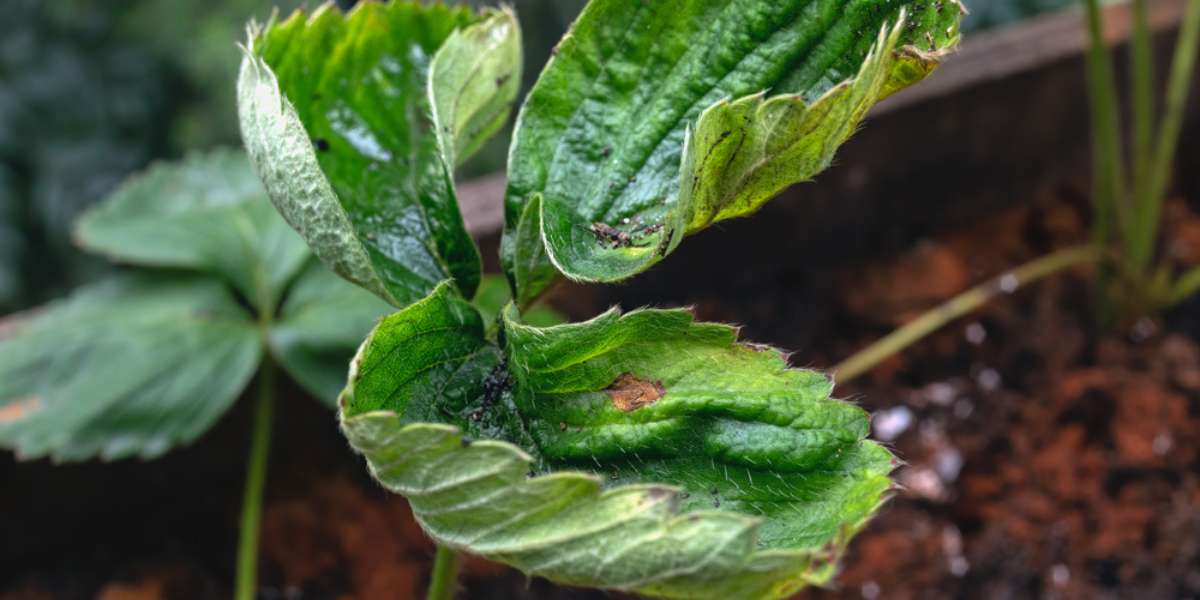Aphids
- Type: Insect
- Symptoms: Misshapen or yellow leaves; presence of sticky “honeydew” (excrement); development of sooty, black mold.
- Control/Prevention: Cultivate companion plants; dislodge aphids with a water spray; utilize insecticidal soap; place banana or orange peels around plants; wipe leaves with a 1 to 2 percent solution of dish soap and water every 2 to 3 days for a period of 2 weeks; introduce native plants to encourage beneficial insects.
Downy Mildew
- Type: Fungus
- Symptoms: Formation of yellow, angular spots on upper leaf surfaces that transition to brown; appearance of white, purple, or gray cottony growth on leaf undersides only; distortion of leaves leading to defoliation.
- Control/Prevention: Eliminate plant debris; opt for resistant varieties; ensure proper air circulation; avoid overhead watering practices.
- Leaf Miners
- Type: Insect
- Symptoms: Creation of meandering blisters in leaves caused by tunneling larvae.
- Control/Prevention: Remove affected leaves; maintain meticulous weeding practices; deploy row covers; engage in early-season soil tilling; implement crop rotation strategies.
- Leaf Spot (Cercospora)
- Type: Fungus
- Symptoms: Presence of numerous small brown spots with red-purple halos on leaves that progressively enlarge and turn gray; formation of holes in the centers of spots, resulting in the appearance of halos.
- Control/Prevention: Eradicate infected plants; prioritize weeding; avoid overhead watering; ensure sufficient air circulation; adopt crop rotation methodologies.
- Spinach Blight (Mosaic Virus)
- Type: Virus
- Symptoms: Manifestations vary across plants but might include stunted growth, the presence of a mottled green, yellow, or white pattern, or ringed spots on leaves, and distorted leaf growth.
- Control/Prevention: Remove infected plants; select resistant varieties and certified virus-free seeds; utilize row covers; practice tool disinfection; maintain weeding practices; control aphid populations; apply mulch.
- White Rust
- Type: Fungus
- Symptoms: Development of chalk-white blisters primarily on leaf undersides; appearance of small, yellow-green spots or blisters, sometimes arranged in a circular pattern, on upper leaf surfaces; possible distortion or galls; stems might also be affected.
- Control/Prevention: Eliminate infected plants; opt for resistant varieties; prioritize weeding; remove crop residue; implement crop rotation strategies.


